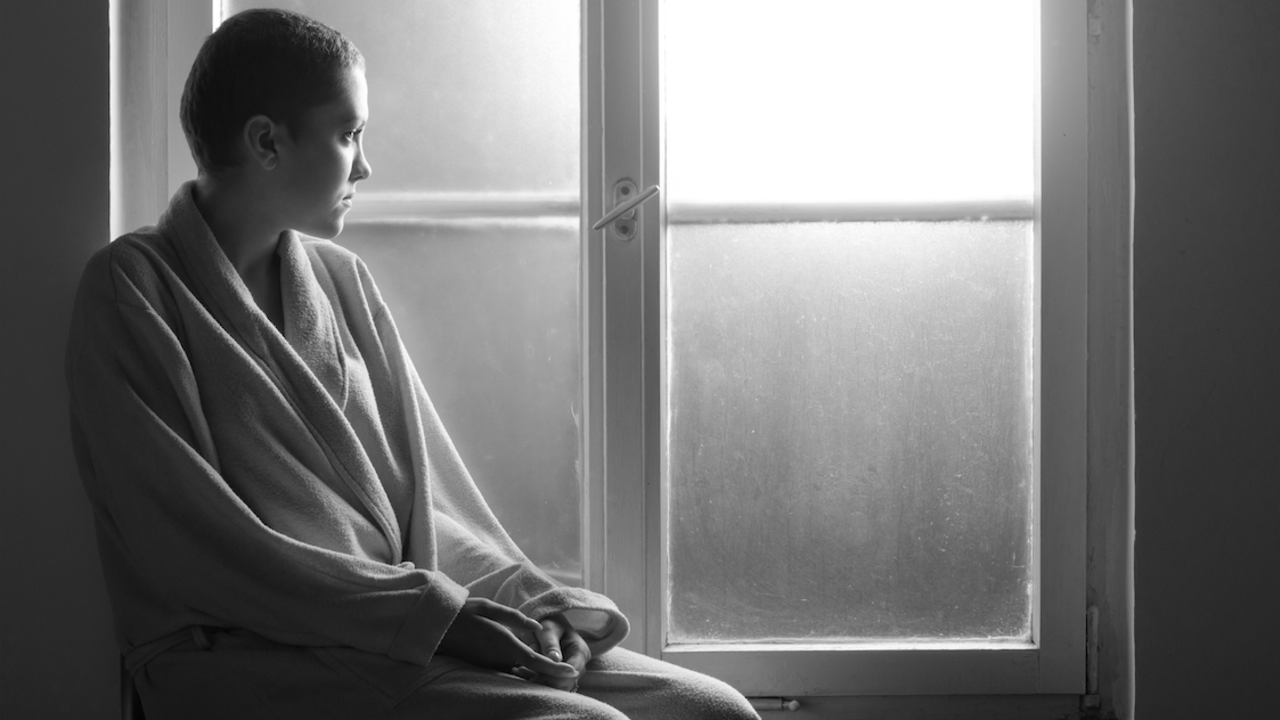
It’s difficult to go anywhere today and NOT hear the music. It’s in our homes and on computers, on TV shows and movies, at the restaurant, in the shopping mall, church, and temple, and unless your Amish and plow your fields with mules, music is probably in YOUR workplace.
Does music at work help you be more creative and productive, or does music make a tedious task bearable? I think most of us would agree that a dumb, repetitive task can become easier when we listen to music. And it’s here that familiar, up-tempo music can get our juices going and help us get the job done. Research reports that substantial economic benefits can result from the use of music on the factory floor.
Inserting tab A into slot B on the assembly line is more accurately completed by workers who are in a good mood. Studies prove that playing mid-tempo music in a Major key tends to bring workers into their happy place, where they are more productive.
In my bedside practice, I deliver prescriptive music that first matches the mood of my patient, and then I evolve that music to a Major key where the patient responds with a corresponding positive change of attitude and works with 9 out of 10 patients.
If you work in an open office, the snips and bits of conversation that you overhear can impair your ability to concentrate far more than that carpet cleaner growling in the next room. We possess the mental bandwidth to process 1.6 conversations, so every time you hear a bit of a colleague’s conversation, your remaining bandwidth for processing another conversation is reduced to .6. That’s what you have available to talk to your customer or colleague on the telephone in your open office floorplan.
Personal earbuds or headphones can help a worker manage their personal soundscape and be more efficient. Again research shows that employees who use music to manage their mood tend to complete tasks more quickly and efficiently.
I’ve heard the arguments for open-plan offices supporting collaboration. However, every office I visit as a soundscape designer has such a constant din of ‘blah blah blah’ most everyone wants some quiet to think and problem solve. A good alternative is an acoustically treated open floor plan that keeps the noise down, and small meeting rooms with doors that can support spontaneous, collaborative meetings.
For creative work, immersive, ambient music and soundscapes can pull us into a sonic world of our design, where we can masque outside noises and conversations. My experience is that when I want to create, I use this type of music – from Gregorian chant to Rainforest ambiance with shifting sonic and musical themes.
If the music is too busy, it becomes a distraction and draws our attention out of our creative zone. Lyrics trigger the language processing-side of our brain and that can overwhelm the more creative brain centers.
As I mentioned earlier if the work is redundant, like a workout at the gym, then lyrics and songs can help us sustain the mood and energy to complete the task.
What about Western Classical Music? The best recommendations are for mid-tempo baroque music. The melodies are perky, often in a major key with constant dynamics and tempo. Just what you need for balancing your checking account.
Chillout, down-tempo ambient instrumental music, can help us with many work tasks. The tempo helps us settle into a sustainable, steady heart and breath rate for work. The absence of lyrics doesn’t call our attention and helps us to keep focused, and the music is fairly repetitive. Our brain get’s comfortable, there are enough sonic changes to keep our brain mildly attentive, but we can easily shift to the task at hand.
Now I’d like to hear from you. Have you ever used music to reinforce your work? What type of music is played in your workplace? How does it make you feel? How noisy is your workplace? Would you prefer some quiet place to work? What about when you work at home, what type of music do you use?
Please leave a comment here under the episode and share with our community.
Did you like this article? Then subscribe and share it with your friends.
If you’d like to have the therapeutic music that I use with patients, please visit JamesSchaller.com. Check out the online course The Healer’s Visit for complete training of how any caregiver can understand and use therapeutic music.
Sign up for emails to receive tips on how to use sound and music to create healing environments. You’ll also receive resources for healing music, inspiration, and ideas about how you can use music and sound to rest and re-charge. I’ll see you next time.
James Schaller, CMP is a clinical musician and consultant who trains caregivers on how to use therapeutic music and consults with healthcare facilities to create soundscapes that benefit patients and staff.








 Have you ever been ‘high’ on music, just the music no other recreational ‘stimulants’? I have, and I continue to experience transformative moments as I listen to music, and they come unbidden at the most surprising times.
Have you ever been ‘high’ on music, just the music no other recreational ‘stimulants’? I have, and I continue to experience transformative moments as I listen to music, and they come unbidden at the most surprising times. 